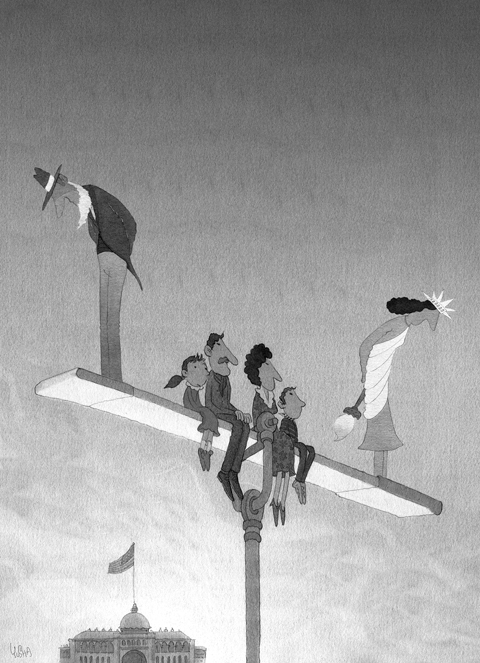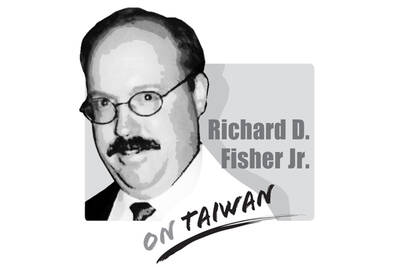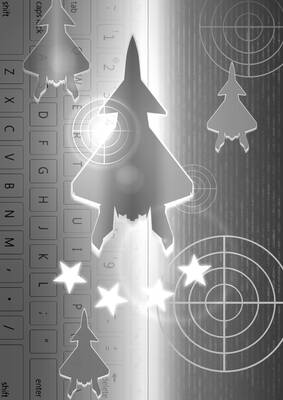Despite spending US$230 million an hour on healthcare, US citizens live shorter lives than citizens of almost every other developed country. And while it has the second-highest income per head in the world, the US ranks 42nd in terms of life expectancy.
These are some of the startling conclusions from a major new report that attempts to explain why the world’s No. 1 economy has slipped to 12th place — from second in 1990 — in terms of human development.
The American Human Development Report, which applies rankings of health, education and income to the US, paints a surprising picture of a country that spends well over US$5 billion each day on healthcare — more per person than any other country.

The report, Measure of America, was funded by Oxfam America, the Conrad Hilton Foundation and the Rockefeller Foundation. It shows each of the 11 countries that rank higher than the US in human development has a lower per-capita income.
Those countries score better on the health and knowledge indices that make up the overall human development index (HDI), which is calculated each year by the UN Development Program.
And each has achieved better outcomes in areas such as infant mortality and longevity, with less spending per head.
Japanese, for example, can expect to outlive US citizens, on average, by more than four years. In fact, citizens of Israel, Greece, Singapore, Costa Rica, South Korea and every western European and Nordic country save one can expect to live longer than people in the US.
There are also wider differences, the report shows. The average Asian woman, for example, lives for almost 89 years, while black American women live until 76.
For men of the same groups, the difference is 14 years.
One of the main problems faced by the US, says the report, is that one in six US citizens, or about 47 million people, are not covered by health insurance and so have limited access to healthcare.
As a result, the US is ranked 42nd in global life expectancy and 34th in terms of infants surviving to age one. The US infant mortality rate is on a par with that of Croatia, Cuba, Estonia and Poland. If the US could match top-ranked Sweden, about 20,000 more US babies a year would live to their first birthday.
“Human development is concerned with what I take to be the basic development idea: namely, advancing the richness of human life, rather than the richness of the economy in which human beings live, which is only a part of it,” said the Nobel laureate economist Amartya Sen, who developed the HDI in 1990.
“We get in this report ... an evaluation of what the limitations of human development are in the US but also ... how the relative place of America has been slipping in comparison with other countries over recent years.” Sen said.
The US has a higher percentage of children living in poverty than any of the world’s richest countries.
In fact, the report shows that 15 percent of US children — 10.7 million — live in families with incomes of less than US$1,500 per month.
It also reveals 14 percent of the population — some 40 million US citizens — lack the literacy skills to perform simple, everyday tasks such as understanding newspaper articles and instruction manuals.
And while in much of Europe, Canada, Japan and Russia, levels of enrollment of three-year-olds and four-year-olds in pre-school are running at about 75 percent, in the US it is little more than 50 percent.
The report not only highlights the differences between the US and other countries, it also picks up on the huge discrepancies between states, the country’s 436 congressional districts and between ethnic groups.
“The Measure of America reveals huge gaps among some groups in our country to access opportunity and reach their potential,” the report’s co-author, Sarah Burd-Sharps, said. “Some Americans are living anywhere from 30 to 50 years behind others when it comes to issues we all care about: health, education and standard of living.”
“For example, the state human development index shows that people in last-ranked Mississippi are living 30 years behind those in first-ranked Connecticut,” Burd-Sharps said.
Inequality remains stark. The richest fifth of US citizens earn on average US$168,170 a year, almost 15 times the average of the lowest fifth, who make do with US$11,352.
The US is far behind many other countries in the support given to working families, particularly in terms of family leave, sick leave and childcare. The country has no federally mandated maternity leave.
The US also ranks first among the 30 rich countries of the Organization of Economic Cooperation and Development in terms of the number of people in prison, both in absolute terms and as a percentage of the total population.
It has 5 percent of the world’s people, but 24 percent of its prisoners.

As the Chinese Communist Party (CCP) and its People’s Liberation Army (PLA) reach the point of confidence that they can start and win a war to destroy the democratic culture on Taiwan, any future decision to do so may likely be directly affected by the CCP’s ability to promote wars on the Korean Peninsula, in Europe, or, as most recently, on the Indian subcontinent. It stands to reason that the Trump Administration’s success early on May 10 to convince India and Pakistan to deescalate their four-day conventional military conflict, assessed to be close to a nuclear weapons exchange, also served to
China on May 23, 1951, imposed the so-called “17-Point Agreement” to formally annex Tibet. In March, China in its 18th White Paper misleadingly said it laid “firm foundations for the region’s human rights cause.” The agreement is invalid in international law, because it was signed under threat. Ngapo Ngawang Jigme, head of the Tibetan delegation sent to China for peace negotiations, was not authorized to sign the agreement on behalf of the Tibetan government and the delegation was made to sign it under duress. After seven decades, Tibet remains intact and there is global outpouring of sympathy for Tibetans. This realization
After India’s punitive precision strikes targeting what New Delhi called nine terrorist sites inside Pakistan, reactions poured in from governments around the world. The Ministry of Foreign Affairs (MOFA) issued a statement on May 10, opposing terrorism and expressing concern about the growing tensions between India and Pakistan. The statement noticeably expressed support for the Indian government’s right to maintain its national security and act against terrorists. The ministry said that it “works closely with democratic partners worldwide in staunch opposition to international terrorism” and expressed “firm support for all legitimate and necessary actions taken by the government of India

The recent aerial clash between Pakistan and India offers a glimpse of how China is narrowing the gap in military airpower with the US. It is a warning not just for Washington, but for Taipei, too. Claims from both sides remain contested, but a broader picture is emerging among experts who track China’s air force and fighter jet development: Beijing’s defense systems are growing increasingly credible. Pakistan said its deployment of Chinese-manufactured J-10C fighters downed multiple Indian aircraft, although New Delhi denies this. There are caveats: Even if Islamabad’s claims are accurate, Beijing’s equipment does not offer a direct comparison